Cisco 350-501 - Implementing and Operating Cisco Service Provider Network Core Technologies (350-501 SPCOR)
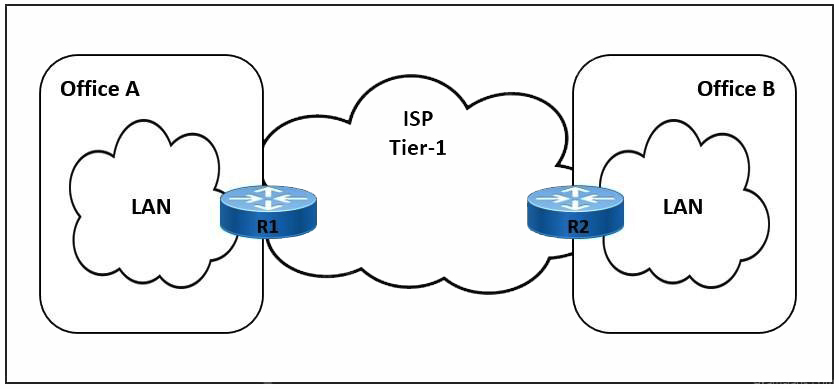
Refer to the exhibit. The link between Office A and Office B is running at 90% load, and occasionally the CPU on router R1 is overloaded. The company implemented QoS for business-critical applications at both offices as a temporary solution. A network engineer must update the R1 configuration to 600 ms to reduce CPU load and limit downtime after connection failure to avoid data loss. Which action meets this requirement?
Refer to the exhibit:

Which effect of this configuration is true?
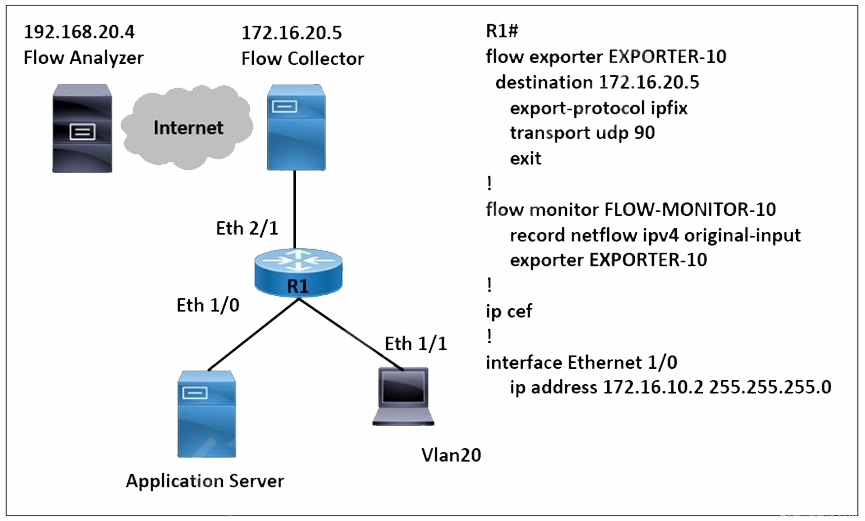
Refer to the exhibit. A network engineer wants to monitor traffic from the application server and send the output to the external monitoring device at 172.16.20.5. Application server traffic should pass through the R1 Eth2/1 interface for further analysis after it is monitored. Which configuration must be applied on the R1 router?
Refer to the exhibit.
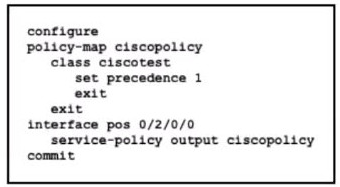
An engineer needs to implement this QoS policy on customer's network due to ongoing slow network issues. What will be the effect on the network when the engineer implements this configuration?
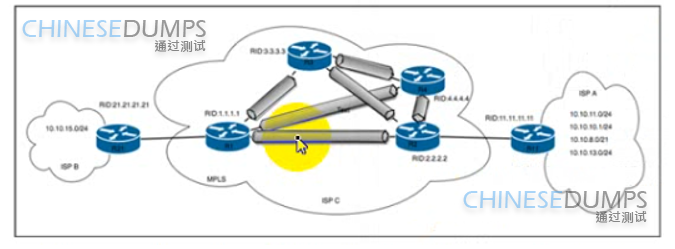
Refer to the exhibit An engineer at ISP C is configuring a new interconnection with ISPs A and B using the BGP protocol After the initial configuration the engineer noticed high memory usage and an abnormally large LIB table on router R2 Which two actions must the engineer take on R2 to minimize memory usage? (Choose two.)
Which statement about Network Services Orchestrator (NSO) is true?
Simulation 5
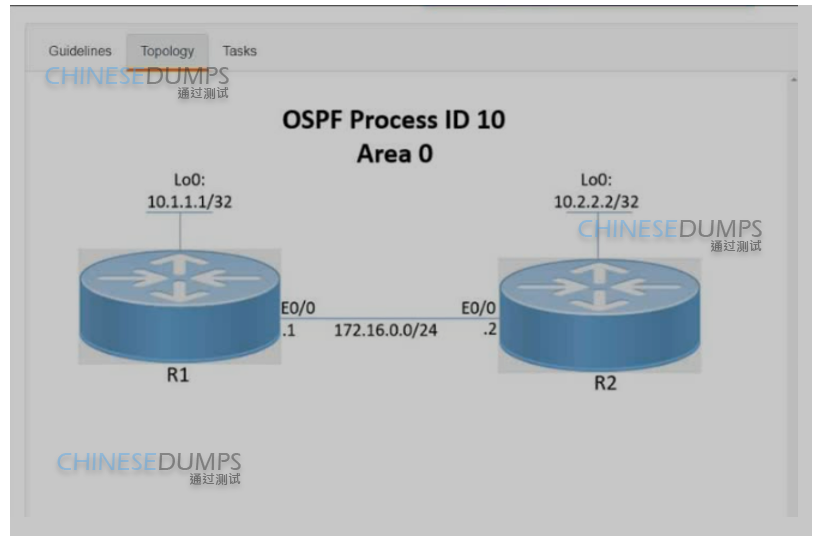
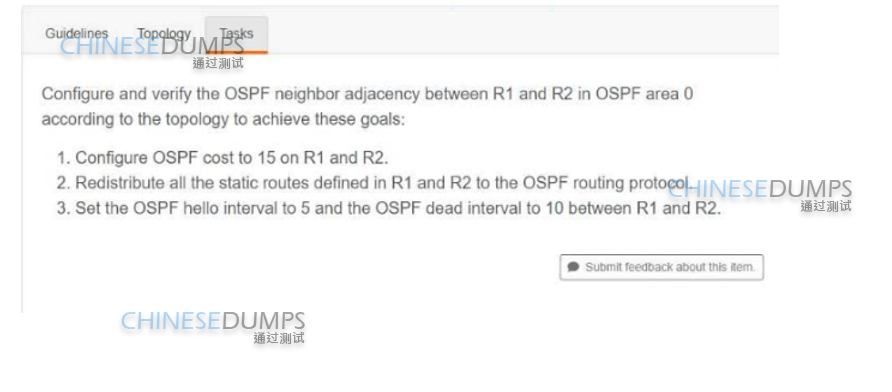
Which OoS model allows hosts to report their QoS needs to the network?
An ISP Is Implementing end-to-end fault monitoring for a customer based on the IEEE 802.3ah standard. The solution must detect when 15 or more corrupted Ethernet packets arrive within 10 ms and stop propagating traffic through the ISP backbone network or to the customer side. Which configuration must the ISP engineer apply?
A network engineer has configured TE tunnels in the MPLS provider core. Which two steps ensure traffic traverse? (Choose two.)



